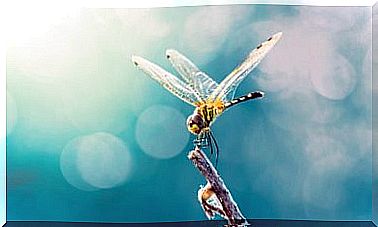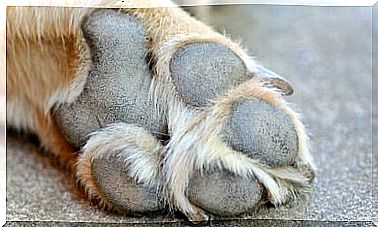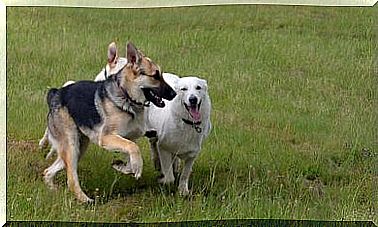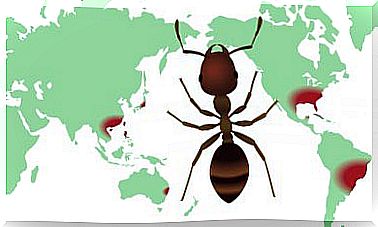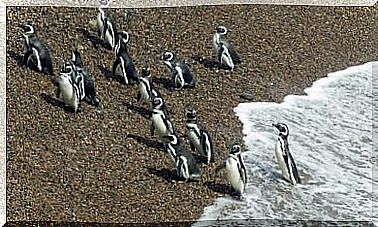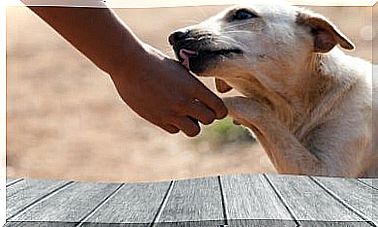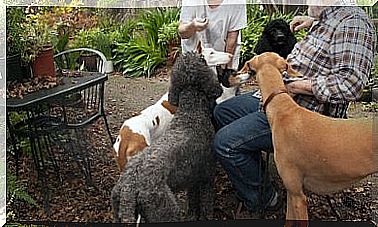The Body Language Of Cats, How Do They Communicate?
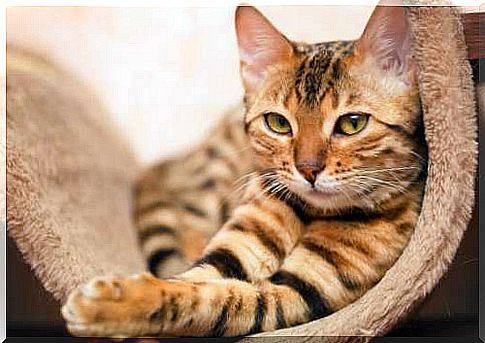
Cats communicate through body language, which allows us to understand what they want to say. Through a movement of the head, the position of its tail or its posture, the feline communicates how it feels and what it wants. To help you identify what your pet wants to express to you, we share some body movements that can give you several clues.
Head
The position of a cat’s head tells us several things. If his head is stretched forward, he is enabling you to love him. It is also a sign of confidence and that you are relaxed. On the other hand, if your cat keeps his head down, sticks his chin out and avoids eye contact, he is conveying his lack of interest to you.
The eyes
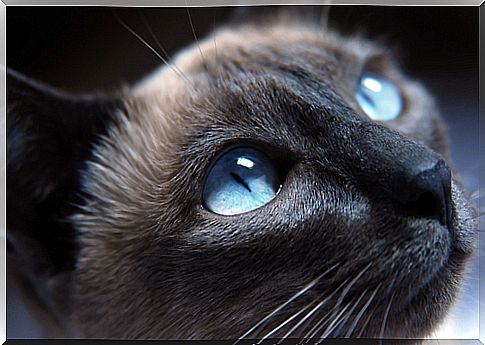
We humans love eye contact, it’s friendly. In contrast, for a cat, prolonged eye contact can be a deadly sign. The classic case is when several people are in a room for a social occasion, if there is a cat you will notice that it is the host and it will take constant walks to observe the visitors.
But why don’t cats go to people who like cats? The answer lies in contact with the eyes. Cat lovers will surely be watching the cat throughout the meeting, hoping to pet them. Therefore, they will surely follow it with their gaze.
But that eye contact, for felines is threatening, that is why it will avoid them and go towards those people who do not like cats, since they do not mean a threat by not looking at them.
The pupils of the eyes also convey part of a cat’s message. In addition to expanding or contracting according to the amount of light around them, they contract or dilate to indicate mood. Dilated pupils accompany fear, aggressive excitement, and also the mild excitement of seeing their owner, a feline friend, or even their dinner. The fearful cat will expand its pupils to better focus on detail and reduce the risk of damage to that part of the eye.
Ears
If the cat is somewhat anxious, his ears roll back a little and flatten down. A fearful cat lowers its ears. If one ear is flattened and the other is not, the signal is more ambivalent and the cat is still not sure how to react to what is happening around it. Usually he will withdraw briefly in order to consider the situation.
Whiskers and mouth
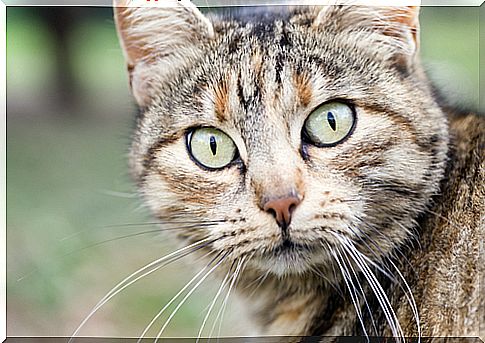
Whiskers aren’t just for judging the proximity of objects. They are also mobile and help indicate the cat’s mood. In a normal “neutral” state of relaxation, they are held slightly to one side. As the cat becomes more interested in something around him, the whiskers cheer forward.
The pads also seem to swell. If the cat is scared, pull his whiskers towards his cheeks to signal that he is not threatening. This also makes your face look smaller.
A cat rarely uses its mouth to signal aggression. A yawn with an open mouth can be a sign of non-threat. A growl with your mouth means you feel threatened and are on the defensive.
Some cats tend to show their tongue a little. This seems to show rest and well-being, or that the cat has taken an interest in something. Cats may lick their lips lightly as food is presented or when they are about to vomit.
Tail
The tail for cats is an organ of balance, their rudder and a means of communication. When you are tense, you feel threatened or angry. That is why you will observe that your pet arches its back and positions itself in such a way that it can look larger than the aggressor.
On the other hand, if its tail is upwards it indicates that it wants to hunt and is attentive to every movement that happens around it. Finally, if you notice that his tail is down, it is a sign that he is calm and relaxed.
